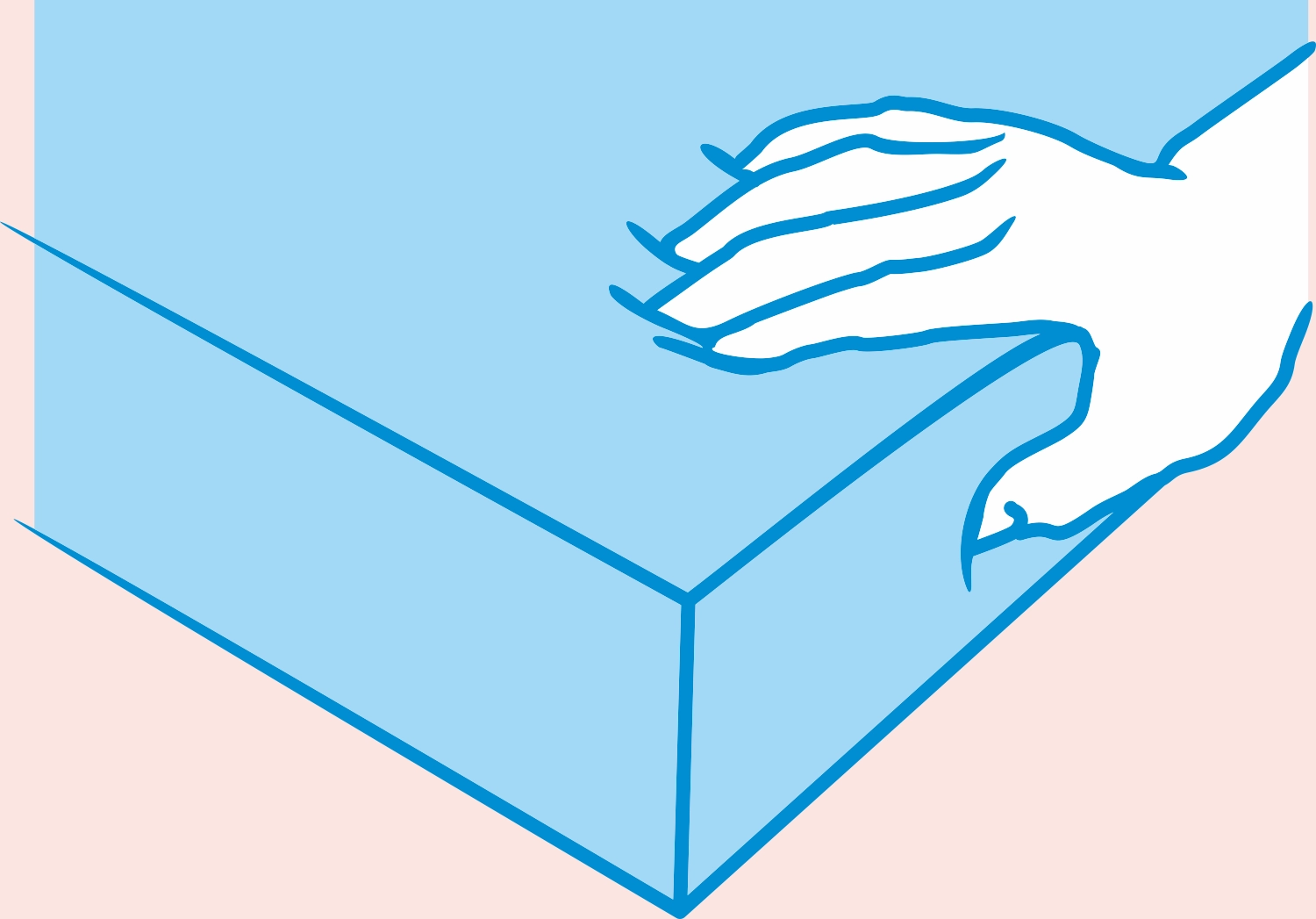To provide services at the highest level, we use cookies. Using the website requires you to choose settings related to their storage on your device. If you want to know what each type of cookie is used for, click the Details button below.
Why foam firmness matters?30 czerwca 2024 |

T35 foam refers to traditional foam with a closed-cell structure, characterized by poor quality. Although this designation does not include a hardness parameter, the type of foam itself disqualifies it from use in good mattresses, at least those that are intended to be comfortable and durable.
No, T25 foam is closed-cell and has low density, which makes it degrade quickly. Although this is only part of the full foam parameter, as it lacks hardness, the properties of T foam make it unsuitable for producing mattresses that are meant to provide comfort and longevity.
The suitable foam hardness for a mattress varies in each layer. In the first layer, HR foam with a hardness range of 100-120 newtons at a density of 30 kg/m3 is recommended, but only if proper foams are also used in the subsequent layers. A functional mattress, to provide appropriate comfort and support, must have a structure resembling a cake, with well-designed layers.
Foam density in a mattress refers to the amount of foam used to produce one cubic meter of the mattress or its specific layer. Density does not directly affect the hardness of the mattress but has a significant impact on its durability. It is important to note that the letter designation does not refer to foam density but to its type. Therefore, it is not true that "foam density is denoted by the letter T," as some sellers claim. The letter T indicates the lowest quality traditional closed-cell foam.
No, foam hardness and foam density are two different parameters. Density refers to the amount of material used to produce the foam, while hardness is measured in kilopascals or newtons. The assertion by some sellers that "the higher the foam density, the harder and more durable the mattress" is incorrect, and such sources of information should be avoided.